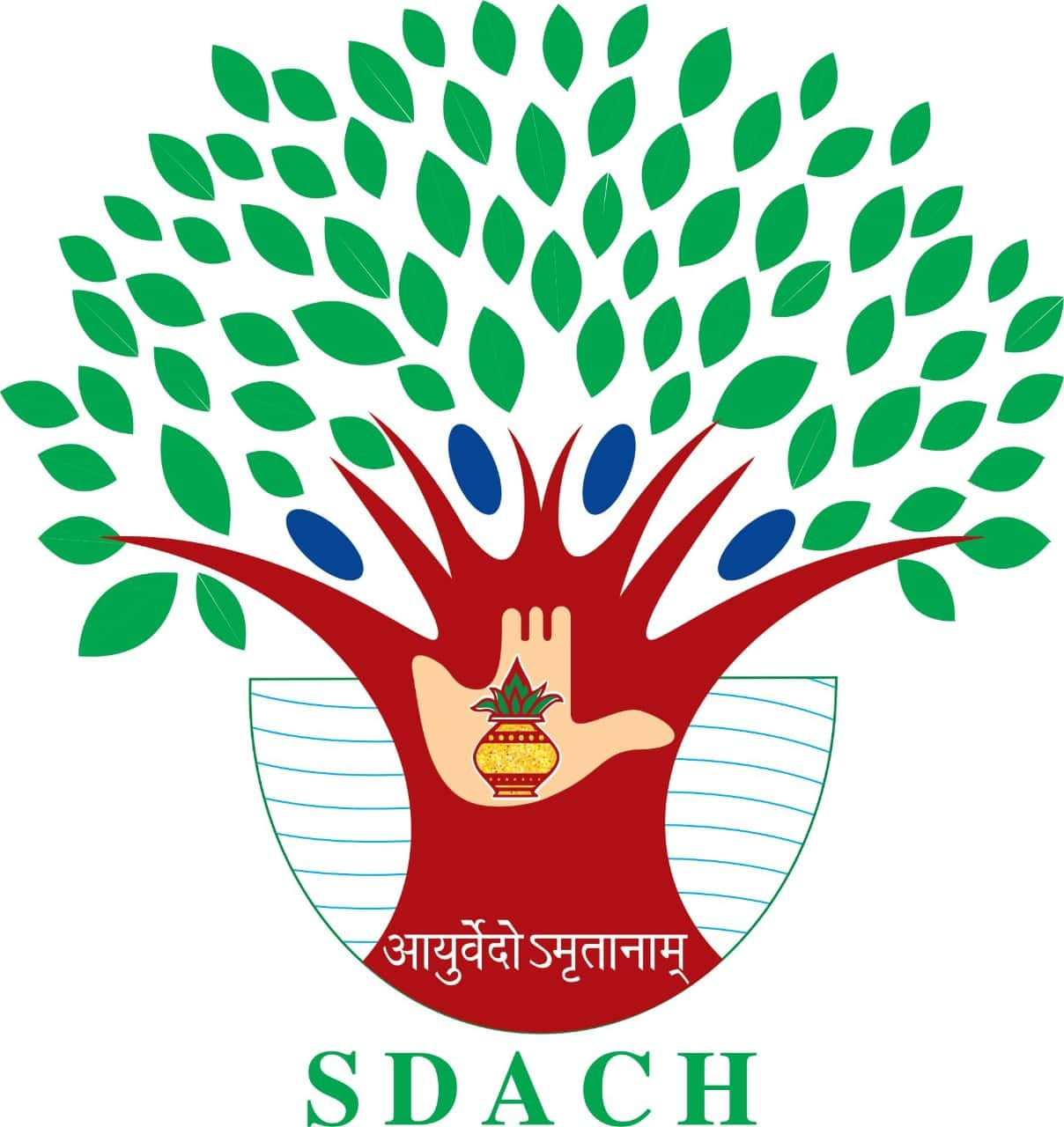Botanical Name : Platycladus orientalis
Family : Cupressaceae (Cypress family)
Introduction :
Thuja orientalis (Commonly- Morpankhi, Family- Cu-pressaceae) is a genus of coniferous trees. T. orientalis is an evergreen, monoecious trees or shrubs growing to 10-60 feet tall. The shoot are flat, leaves are scale like. The leaves are arranged in flattened fan shaped growing with resine glands. Their leaves contain essential oils used to treat fungus infections, cancer, moles and parasitic worms. The essential oil derived from the leaves is toxic. α-thujone is useful as an insecticide and an antihelminthic agent for the treatment of parasitic worms. However, α -thujone is a toxic substance that disrupts neurological signals in the brain. Ingestion of the essential oils of Thuja leaves can cause death. Seed with a pair of narrow lateral wings, seedlings produce 2 cotyledons. The wood is light, soft and aromatic. Thuja poles also often used to make fence posts and rails. The wood of Thuja is commonly used for guitar sound boards. It is used as a medicinal plant in various forms of traditional medicines like folk medicine, homeopathy and treatment of bronchial catarrh, enuresis, cystitis, psoriasis, uterine carci-nomas, amenorrhea and rheumatism. Oil of Thuja contains thujone which has been studied for its GABA (gamma-aminobutyric acid) receptor antagonistic, with potentially lethal properties. A yellow dye is obtained from the young branches. Thuja is also occasionally used for treating diseases of skin, blood, gastrointestinal tract, kid-ney, brain, warty excrescences, spongy tumors.
Names in different Indian languages :
English : Morpankhi, Oriental thuja, Oriental arborvitae
Hindi : Morpankhi, mayurpankhi
Manipuri : Lairikheibi
Synonyms :
Thuja orientalis
Biota orientalis
Morphology :
Morpankhi is a plant which is found in every small garden in India. Belonging to the cypress family, it is a densely branched evergreen conifer that can become 50 ft tall with a spread of 20. However, it is commonly grown as a smaller, bushier shrub. It tends to have several to many stems, but can be trimmed to a single leader stem creating a treelike form. The overall shape is conical, with the crown becoming more irregular and spreading with age. The bark is rusty-brown and fibrous. The numerous slender ascending branches support shoots that spread out in flat, vertical planes. The leaves are like little scales overlapping and tightly packed on the shoots. The cones are 15-25 mm long, green ripening brown in about 8 months from pollination, and have 6-12 thick scales arranged in opposite pairs.
Uses :
Thuja was commonly used as an externally applied tincture or ointment for the treatment of warts, ringworm and thrush, and a local injection of the tincture was used for treating venereal warts.





